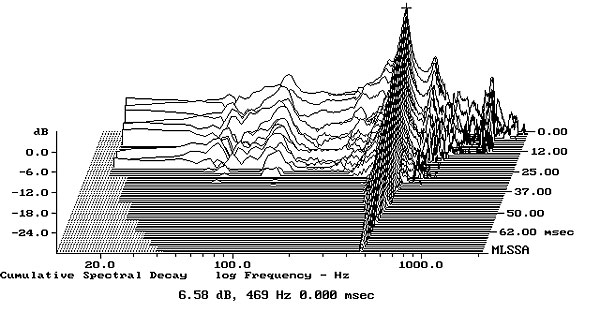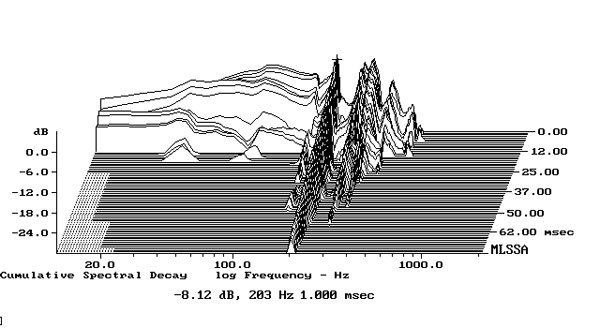I mean, if they move, there must be some kind of mechanical noise. As I said, this will be different noise than an amp's noise, because if the cone assembly doesn't move, then produced noise by the speaker is zero of course.
I understand what you mean. When a loudspeaker is unenergised, then clearly the cone(s) don't move, so no noise, but when the cones are moving, then there has to be some mechanical noise from the cones not due to the amplifier.
This noise will show up in the distortion spectrum, as a raising in the noise floor, as the noise is not harmonically related to the sound being produced or the harmonic distortion created by the loudspeaker.
However, this noise floor will be indistinguishable from the ambient noise floor in the measuring room,, including amplifier noise, which can be very low in an anechoic chamber, but not zero. In an ordinary room such as Kippel measurements are made, noise will be a lot higher as Kippel and similar measurement methods eliminate the room by analysis software means. Hence I don't see how it could be measured with any degree of accuracy.
In practice, I have never heard any suggestion of it being a problem, and if it were, presumably(!) someone would have noticed the noise floor being modulated.
Interesting question, however.
S







